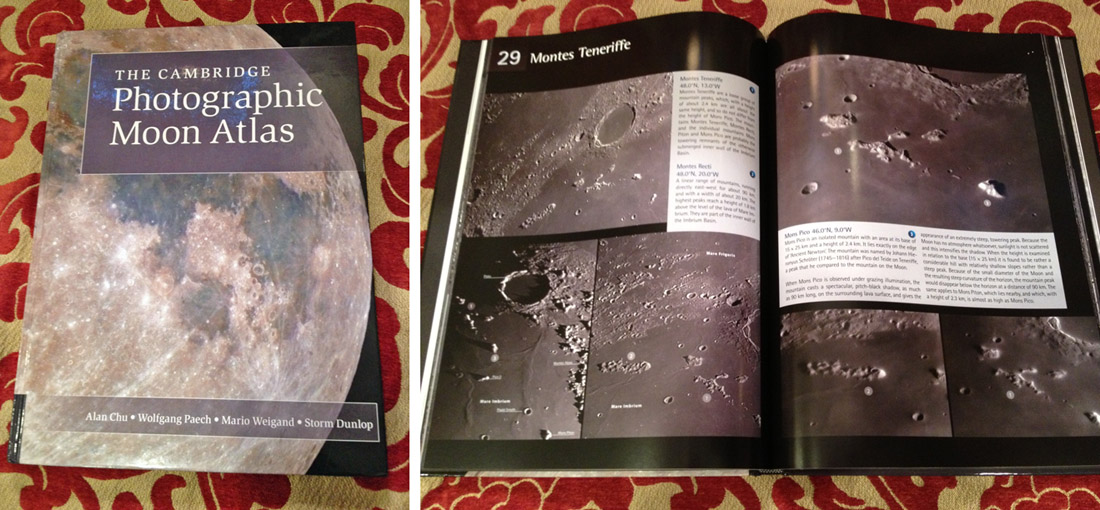Difference between revisions of "December 27, 2012"
| Line 1: | Line 1: | ||
__NOTOC__ | __NOTOC__ | ||
=Another Good One= | =Another Good One= | ||
| + | <!-- Start of content --> | ||
<!-- ws:start:WikiTextHeadingRule:0:<h1> --> | <!-- ws:start:WikiTextHeadingRule:0:<h1> --> | ||
<!-- ws:start:WikiTextLocalImageRule:6:<img src="/file/view/LPOD-Dec27-12.jpg/394687542/LPOD-Dec27-12.jpg" alt="" title="" /> -->[[File:LPOD-Dec27-12.jpg|LPOD-Dec27-12.jpg]]<!-- ws:end:WikiTextLocalImageRule:6 --><br /> | <!-- ws:start:WikiTextLocalImageRule:6:<img src="/file/view/LPOD-Dec27-12.jpg/394687542/LPOD-Dec27-12.jpg" alt="" title="" /> -->[[File:LPOD-Dec27-12.jpg|LPOD-Dec27-12.jpg]]<!-- ws:end:WikiTextLocalImageRule:6 --><br /> | ||
| Line 15: | Line 16: | ||
<p><b>Tomorrow's LPOD:</b> [[December 28, 2012|Missing Rays]] </p> | <p><b>Tomorrow's LPOD:</b> [[December 28, 2012|Missing Rays]] </p> | ||
<hr /> | <hr /> | ||
| + | {{wiki/ArticleFooter}} | ||
Revision as of 15:14, 8 February 2015
Another Good One

images by Chuck Wood
For Christmas I asked for and received an excellent new lunar atlas. No, not that one, but a large format (~10" x 13"), 192 page book based on excellent telescopic images by LPOD contributors and others. Lead author Alan Chu is famous for his 2004 and 2007 update of the free Photographic Moon Book. Now he has teamed up with photographers Wolfgang Paech and Mario Weigand (very familiar to LPOD readers for his exqusite images) to produce The Cambridge Photographic Moon Atlas, an English version (translated by Storm Dunlop) of their book published in Germany in 2010. The Atlas begins with a 25 page overview that is refreshing for accurately conveying a modern understanding of lunar science. Information is also included on imaging techniques, a discussion rather than a tutorial. The following 154 pages comprise the Atlas, which doesn't show the entire near side but 68 broad areas, with index maps on the inside covers. Each area is centered on a mare, scarp, crater or other landscape of interest. Typically, a half page image and three to five closeups occupy each two-page spread. Many of the images show waxing phases, with illumination from the east, and some others have opposite lighting. Nearly all of the images are of excellent quality, being wonderful examples of high quality telescopic imaging. Each area includes three to five short paragraphs describing major and minor features, focusing more on descriptions of dimensions and morphology than on origins. If you want an extensive collection of telescopic images this atlas is highly recommended. I have already used my copy when writing my next Sky & Telescope column. I am so used to using LRO images that I had to check the Atlas to make sure some small features are telescopically detectable. Of course, the fact that a small feature shows up on these excellent images does not mean it will be visible in most backyard scopes.
Chuck Wood
Technical Details
A nice video review of this Atlas is at Amazon
Yesterday's LPOD: Boxing Day
Tomorrow's LPOD: Missing Rays
COMMENTS?
Register, Log in, and join in the comments.



